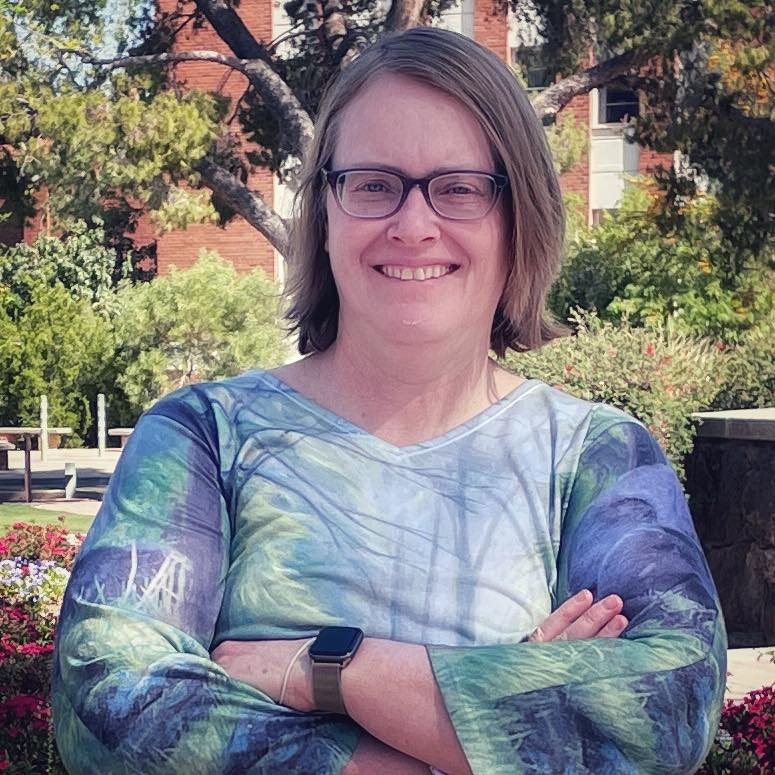Suppletion is Local: Evidence from Hiaki
Bobaljik (2012) proposes a stringent locality constraint on the conditioning of suppletion: the insertion of suppletive vocabulary items can be sensitive to features within the same maximal projection, but not across a maximal projection boundary. Among heads (X˚ nodes), this condition restricts suppletion to synthetic formations and excludes suppletion in analogous analytic formations. A large survey of suppletion in comparative and superlative formation revealed numerous examples of root suppletion triggered by the comparative affix, while no examples of a pattern in which root suppletion is triggered by a free-standing comparative adverb were found, entirely consistent with the locality condition on suppletion. Hiaki provides examples of apparent conditioning of suppletion in phrasal constructions, which seem to constitute prima facie counter-examples. The number of a subject DP can trigger suppletion of the verb in a certain class of intransitive verbs. We show that these apparent counterexamples do not in fact contradict Bobaljik’s 2012 generalization, as the verbs in question can be shown by language-internal diagnostics to be unaccusative; suppletion, then, is in fact triggered by an element within the maximal projection of the suppleting verb. The analysis supports the position in Kratzer 1996, Marantz, 1997, Harley 2011, that internal arguments are base-generated as sisters to their selecting verb, rather than in a separate functional projection. Only in this configuration do the number suppletion facts form a single generalization with the facts from comparative suppletion. The Hiaki suppletion examples make the additional, and important, point, that the locality condition in (1) is not tantamount to a distinction between word-internal and word-external triggers of suppletion, but is rather a condition of structural locality, supporting the central tenet of Distributed Morphology (Halle and Marantz 1993) that morphological structure is, in a fundamental way, syntactic.

